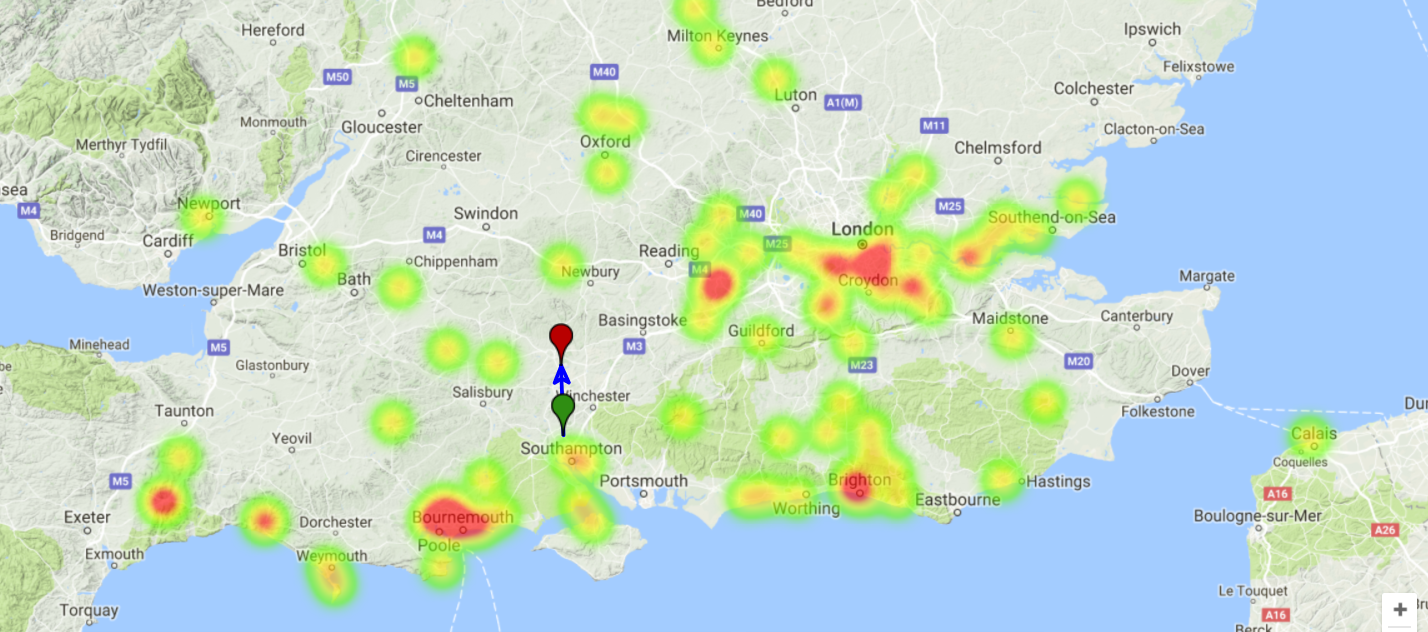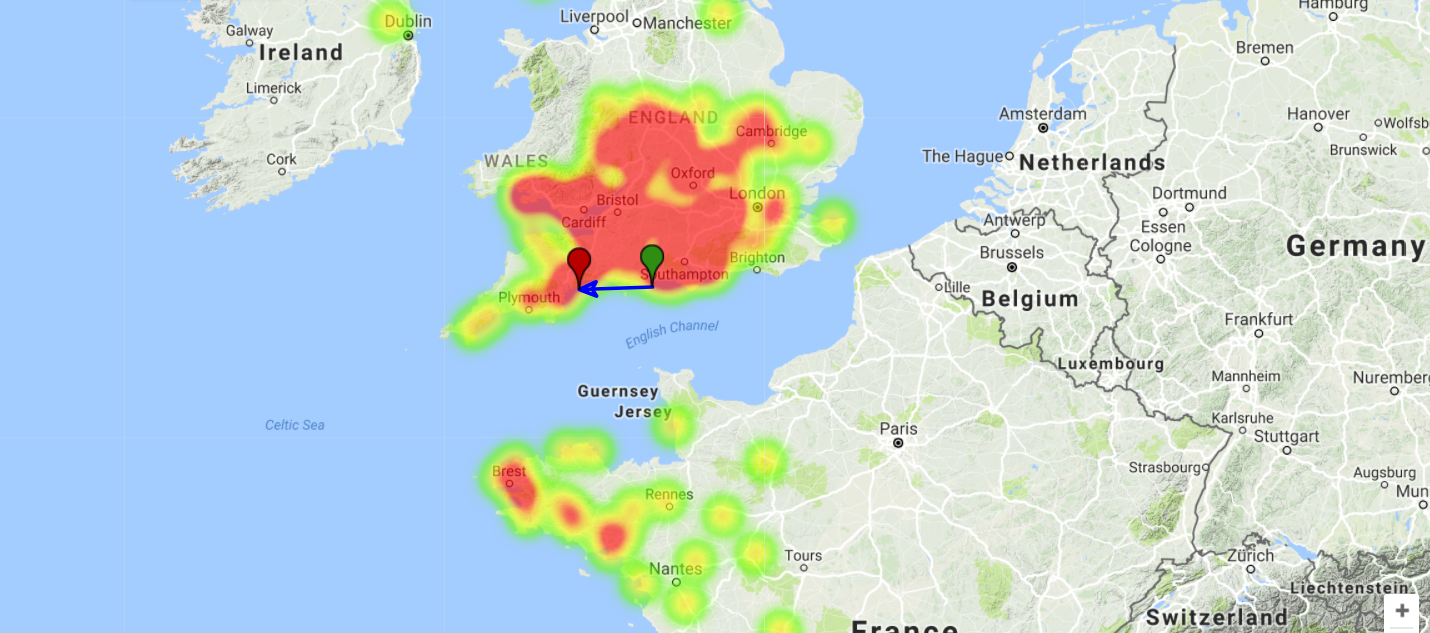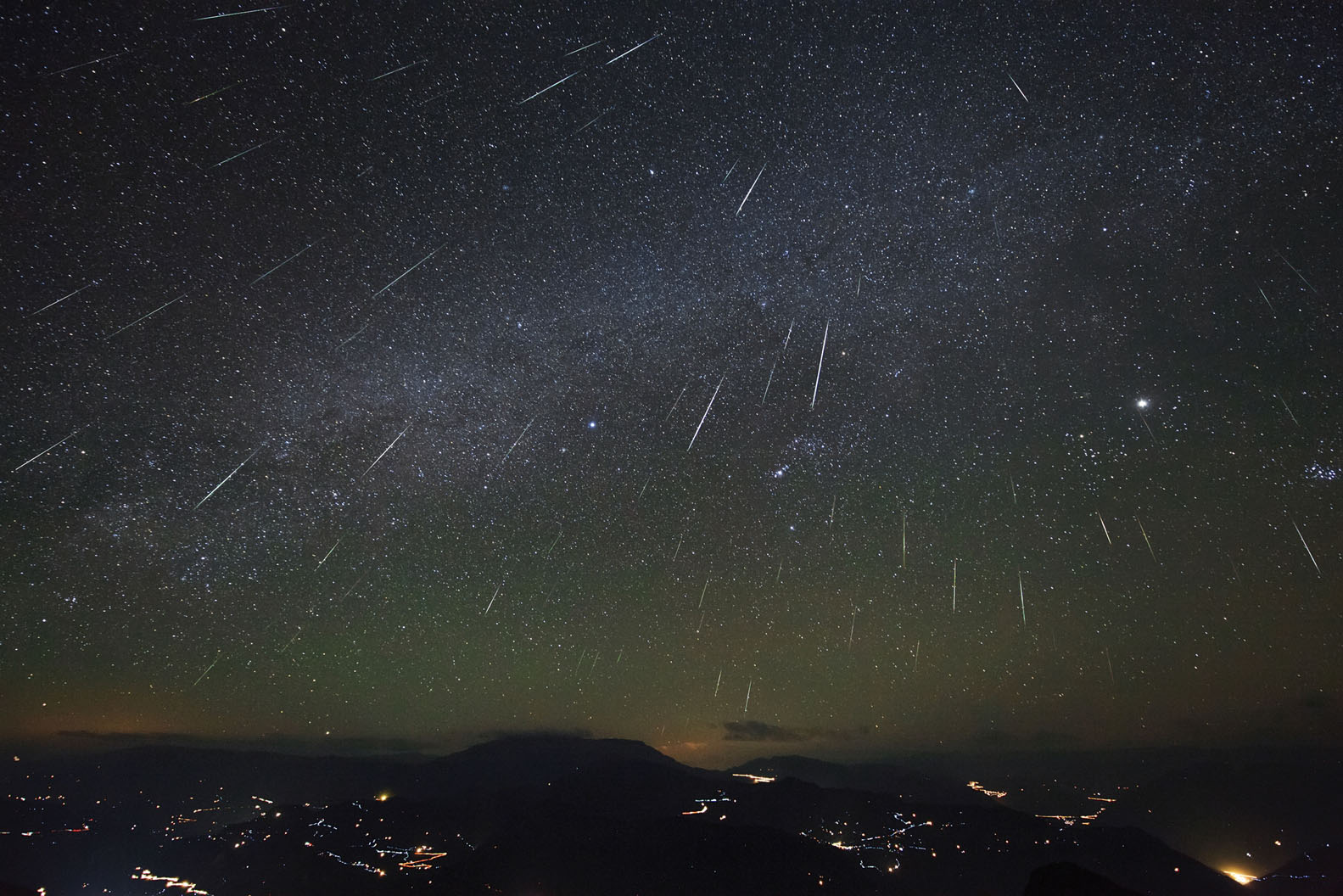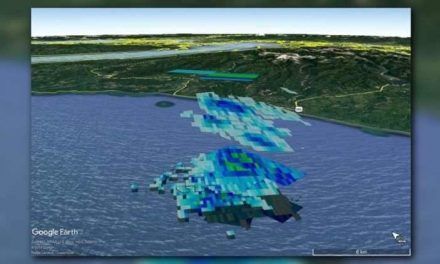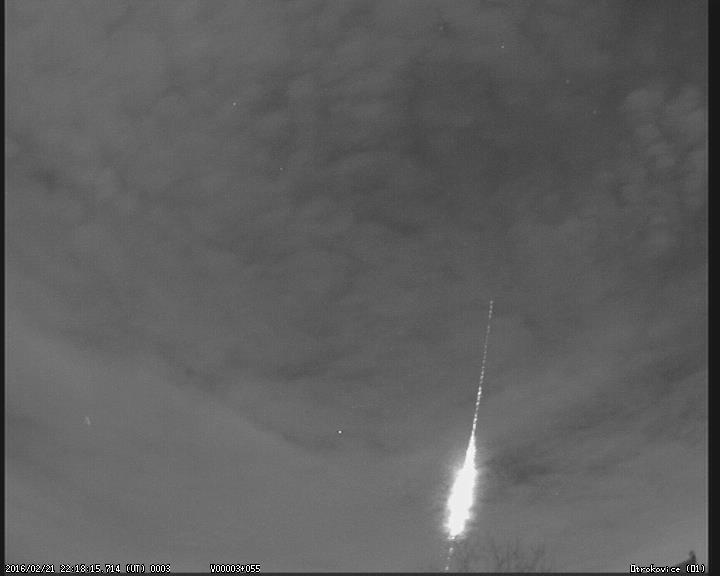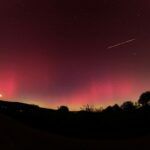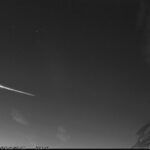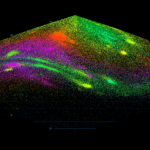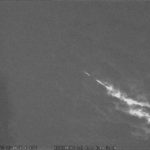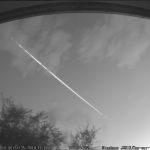Jakub Koukal¹, Richard Káčerek²
¹ Valašské Meziříčí Observatory, Vsetínská 78, 75701 Valašské Meziříčí, Czech Republic
j.koukal@post.cz
² United Kingdom Meteor Observation Network, United Kingdom
ukmeteornetwork@gmail.com
Abstract
On November 24, 2017 shortly before midnight and on November 25, 2017 shortly before sunrise, two very bright fireballs lit up the sky over the United Kingdom. The UKMON (United Kingdom Meteor Observation Network) cameras and onboard cameras in the automobiles recorded their flight. The fireballs paths in the Earth´s atmosphere were calculated, as well as the orbits of bodies in the Solar System. The flight of both bodies, the absolute magnitude of which approached the brightness of the full Moon, was also observed by numerous random observers from the public in Great Britain, Ireland and France.
Introduction
The first fireball was recorded by UKMON network cameras on November 24, 2017 at 23h 59m 55s UT. Due to the high brightness of the fireball, both records from Wilcot SW station (Richard Fleet) and Church Crookham station (Peter Campbell-Burns) were significantly over-saturated by light. In this case, it was necessary to perform the astrometry of the recorded fireball manually from the separate segments of the sequence, omitting saturated pictures where it is not possible to reliably determine the position of the centroid. The video clips from Wilcot SW station (Fig. 1) and from Church Crookham station (Fig. 2) are listed below.
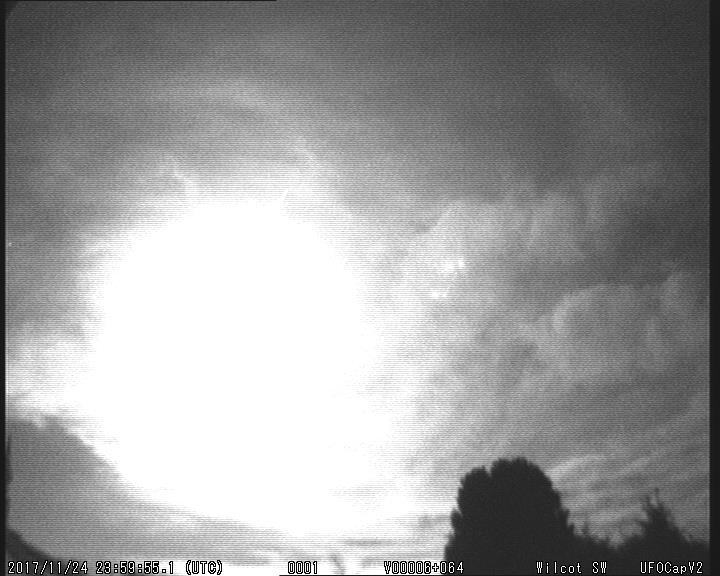
Fig. 1: A video clip of the fireball 20171124_235955 from the station, Wilcot SW. Author: UKMON, Richard Fleet
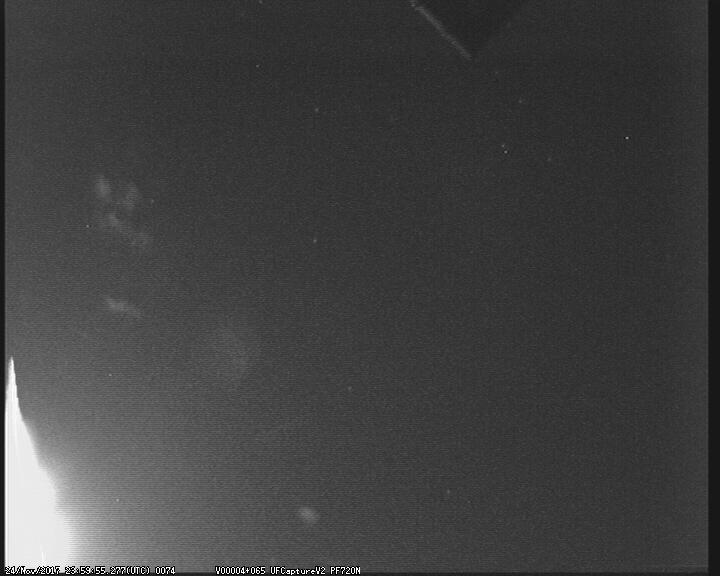
Fig. 2: A video clip of the fireball 20171124_235955 from the station, Church Crookham. Author: UKMON, Peter Campbell-Burns
Fireball 20171125_071306 was recorded with just one UKMON network camera and two dashboard cameras on November 25, 2017 at 7h 13m 06s UT. An astrometry of record from Wilcot SW station (Richard Fleet) was performed in the UFO Analyzer program (SonotaCo 2009), a dashboard camera record from the M4 highway near the Port Talbot (Mark Lemon) was used to calculate the fireball atmospheric path. The astrometry of the fireball position from this record was performed manually from the separate segments of the sequence. The position of the fireball was calculated in the horizontal coordinates system, for the calculation of the azimuth and elevation were used positions of the public lighting lamps near the M4 highway. The positions of the lamps were also used to determine the immediate position of the car on the M4 highway. The record from dashboard camera from the M5 highway near the Churchdown (Craig Low) was not used for the calculation due to the small number of fixed points in the surrounding landscape that could be used for astrometry of the fireball position. The video clips from Wilcot SW station (Fig. 3) and from onboard cameras in cars (Fig. 4 and 5) are listed below.
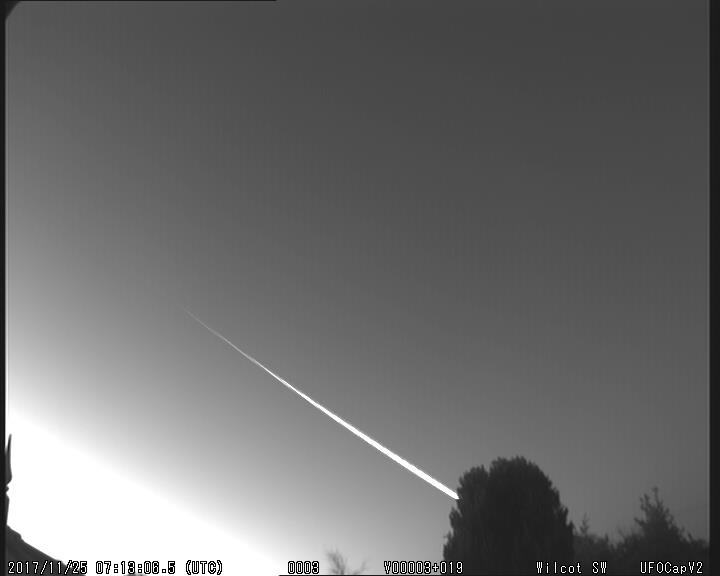
Fig. 3: A video clip of the fireball 20171125_071306 from the station Wilcot SW. Author: UKMON, Richard Fleet
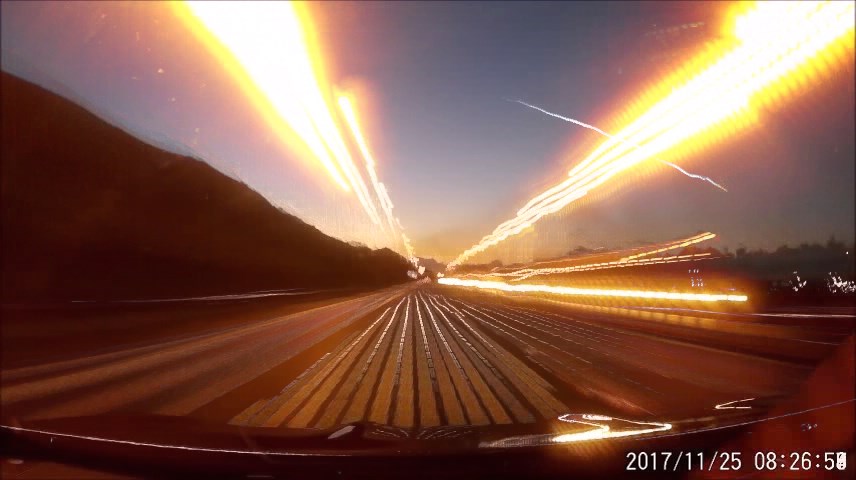
Fig. 4: A video clip of the fireball 20171125_071306 from a dashboard camera in the car, M4 highway near Port Talbot. Author: Mark Lemon
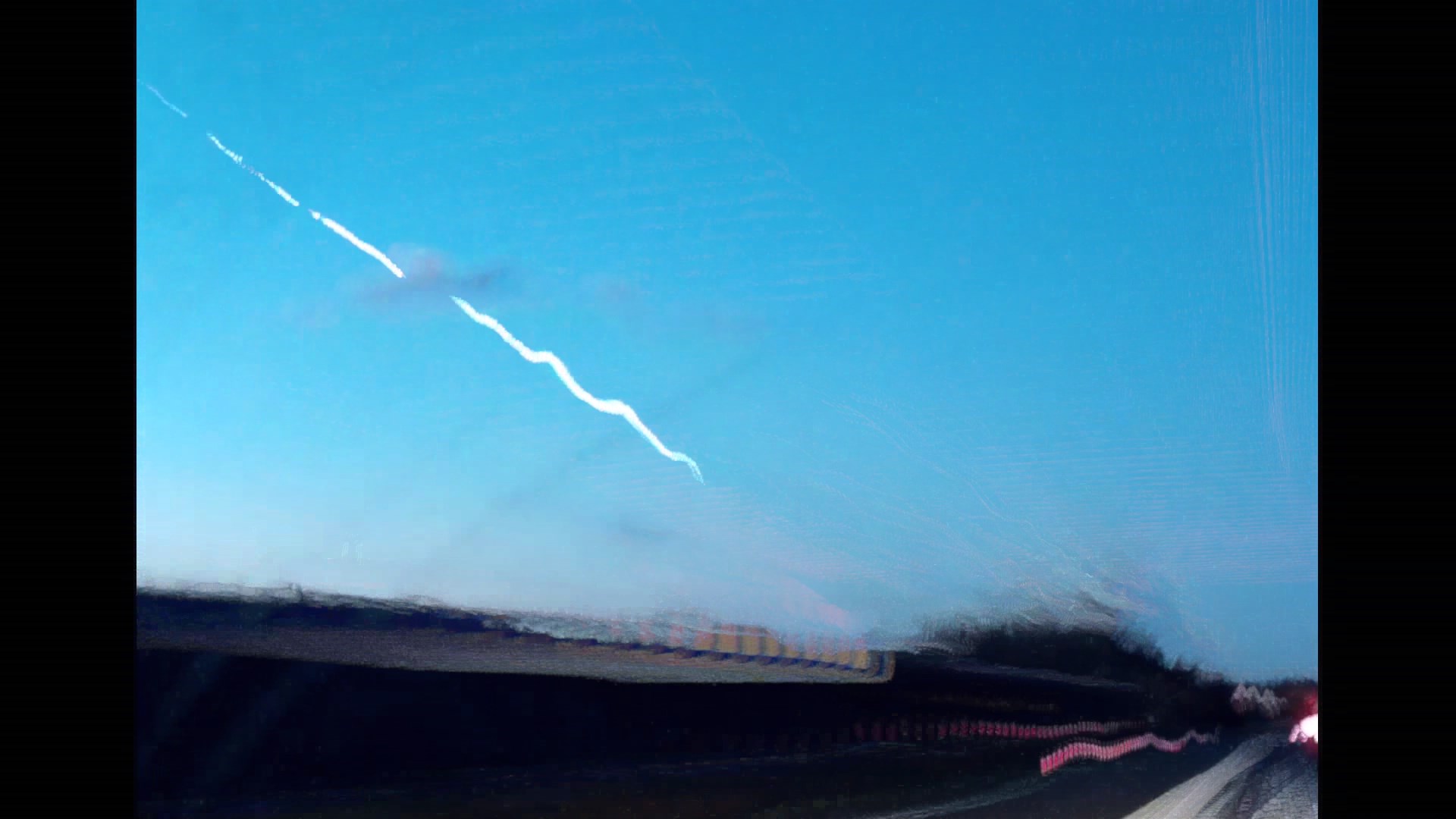
Fig. 5: A video clip of the fireball 20171125_071306 from a dashboard camera in the car, M5 highway near Churchdown. Author: Craig Low
Visual observations
Visual observations of fireballs are collected in the IMO database a worldwide visual reports database. The report of fireball 20171124_235955 (Event 4590-2017) was sent by 113 observers from Great Britain and France. A total of 35 observers reported fragmentation during the fireball flight, 4 of them heard sound effects during the flight, and 9 observers heard sound effects after fireball flyover. The average relative brightness of fireball from visual reports was between -10m and -15m, but many observers reported fireball to be brighter than -20m. The position and density of the fireball 20171124_235955 observations are shown in Figure 6.
The report of fireball 20171125_071306 (Event 4588-2017) was sent by 224 observers from Great Britain, Ireland and France. A total of 105 observers reported fragmentation during the fireball flight, and 4 of them heard sound effects after fireball flyout. The average relative brightness of fireball from visual reports was between -10m and -15m, but many observers reported fireball brighter than -20m. The position and density of the fireball 20171125_071306 observations are shown in Figure 7.
Fireball 20171124_235955 (SPO)
The recordings from the stations Wilcot (camera SW) and Church Crookham were used to calculate the atmospheric path of the fireball and the orbit of the meteoroid in the Solar system. The projection of the beginning of the atmospheric path was located at the coordinates N50.430099° W2.136627° over the English Channel, the height of the fireball at this time was 86.6 ± 0,1 kilometres above the Earth’s surface. The end of the projection of the atmospheric path was located at the coordinates N50.812645° W1.914062° near the city of Ferndown (GB), the height of the fireball at this time was 25.9 ± 0.1 kilometres above the Earth’s surface. Fireball reached an absolute brightness of -12.1 ± 0.2m, the initial mass of the body was 66.4 ± 14.5 kg. The 3D projection of the fireball 20171124_235955 atmospheric path is shown in Figure 8.
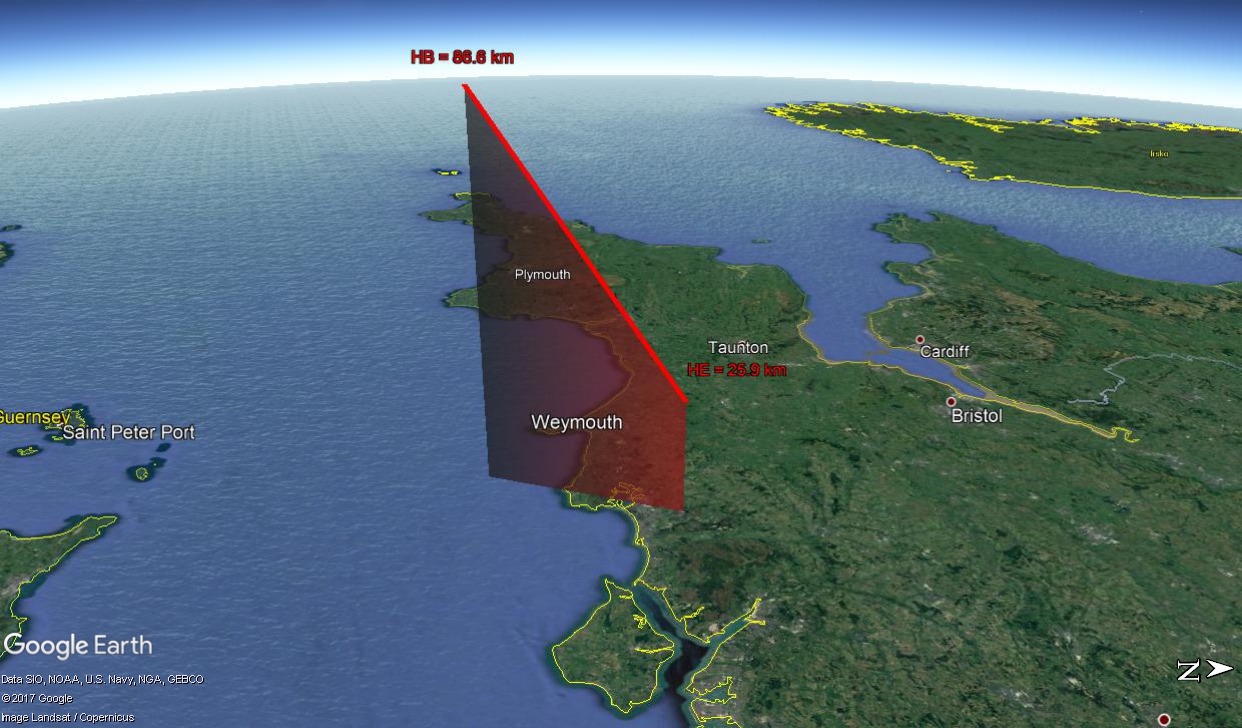
Fig. 8: 3D projection of the fireball 20171124_235955 path in the Earth’s atmosphere. Author: Jakub Koukal
It was a slow meteor, the geocentric velocity of the meteoroid before entering the gravitational field of the Earth was 15.58 ± 0.15 km/s (including the deceleration effect), the orbital elements of the meteoroid orbit were as follows: a = 2.198 ± 0.078 AU, q = 0.7721 ± 0.0018 AU, e = 0.649 ± 0.012, i = 3.02 ± 0.03°, ω = 63.49 ± 0.11°, Ω = 62.6643°. Fireball belonged to sporadic meteors (SPO) with geocentric radiant RA = 47.8 ± 0.2°, DEC = 10.9 ± 0.4°. The projection of the meteoroid orbit in the Solar System is shown in Figure 9, including the effect of deceleration on the geocentric velocity. Orbital heliocentric parameters of the fireball orbit are shown in Table 1, geocentric orbit parameters are shown in Table 2.
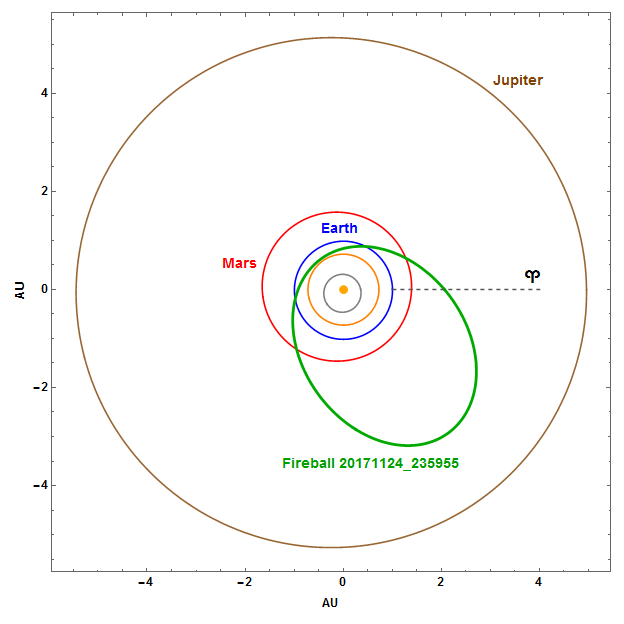
Fig. 9: Projection of the fireball 20171124_235955 orbit in the Solar System, including the effect of deceleration. Author: Jakub Koukal
Fireball 20171125_071306 (SPO)
The recordings from the stations Wilcot (camera SW) and from dashboard camera from the M4 highway near the Port Talbot were used to calculate the atmospheric path of the fireball and the orbit of the meteoroid in the Solar system. The projection of the beginning of the atmospheric path was located at the coordinates N49.971264° W1.899078° over the English Channel, the height of the fireball at this time was 82.0 ± 0.2 kilometres above the Earth’s surface. The end of the projection of the atmospheric path was located at the coordinates N49.68513° W3.486542° over the English Channel, the height of the fireball at this time was 38.8 ± 0.2 kilometres above the Earth’s surface. Fireball reached an absolute brightness of -9.2 ± 0.3m, the initial mass of the body was 7.4 ± 2.1 kg. The 3D projection of the fireball 20171125_071306 atmospheric path is shown in Figure 10.
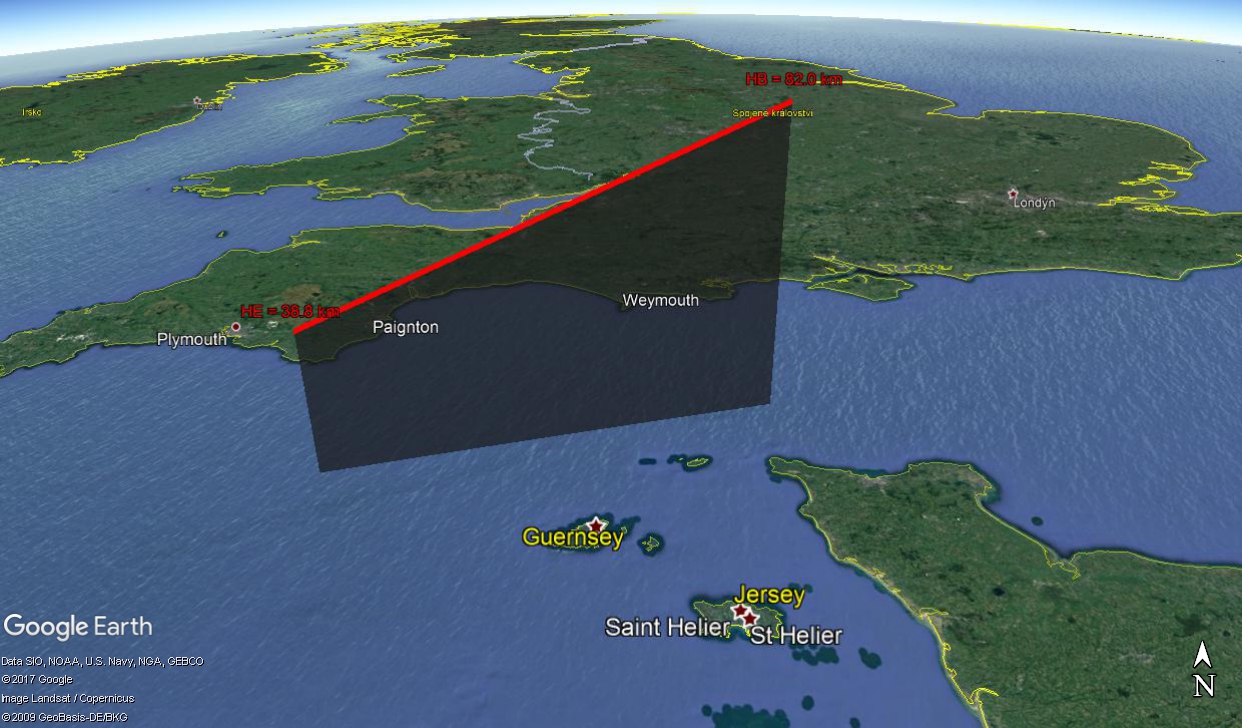
Fig. 10: 3D projection of the fireball 20171124_071306 path in the Earth’s atmosphere. Author: Jakub Koukal
It was a slow meteor, the geocentric velocity of the meteoroid before entering the gravitational field of the Earth was 20.42 ± 0.23 km/s (including the deceleration effect), the orbital elements of the meteoroid orbit were as follows: a = 3.866 ± 0.251 AU, q = 0.8534 ± 0.0013 AU, e = 0.779 ± 0.015, i = 22.68 ± 0.25°, ω = 133.71 ± 0.05°, Ω = 242.9665°. Fireball belonged to sporadic meteors (SPO) with geocentric radiant RA = 261.9 ± 0.3°, DEC = 21.5 ± 0.3°. The projection of the meteoroid orbit in the Solar System is shown in Figure 11, including the effect of deceleration on the geocentric velocity. Orbital heliocentric parameters of the fireball orbit are shown in Table 1, geocentric orbit parameters are shown in Table 2.
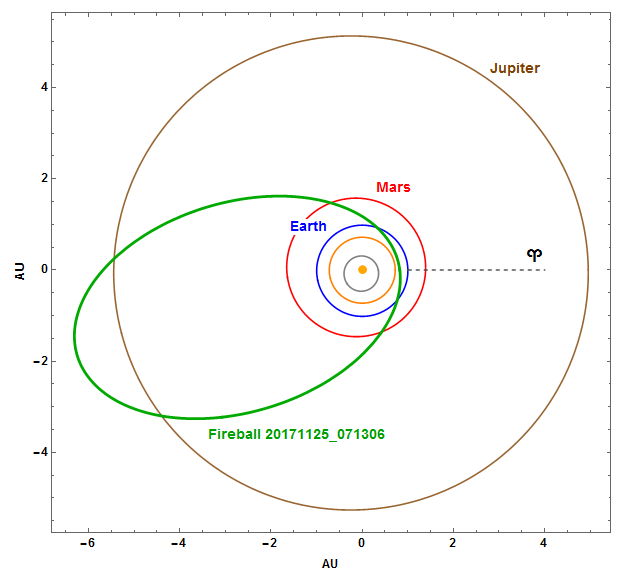
Fig. 11: Projection of the fireball 20171125_071306 orbit in the Solar System, including the effect of deceleration. Author: Jakub Koukal
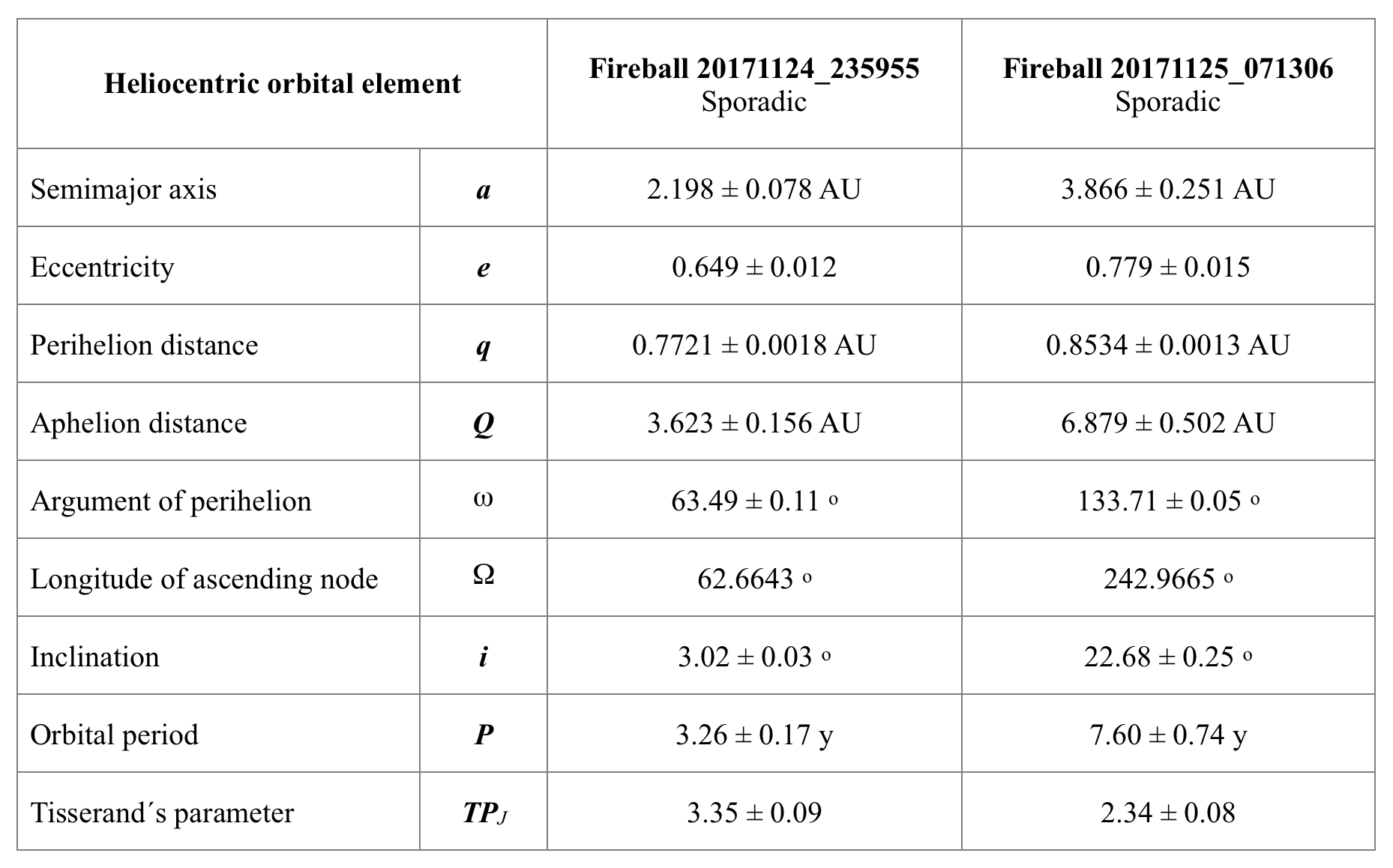
Tab. 1: Heliocentric orbital elements (J2000.0) of the fireballs, calculated using software UFOOrbit (SonotaCo 2009), the effect of deceleration is considered in the calculation. Author: Jakub Koukal
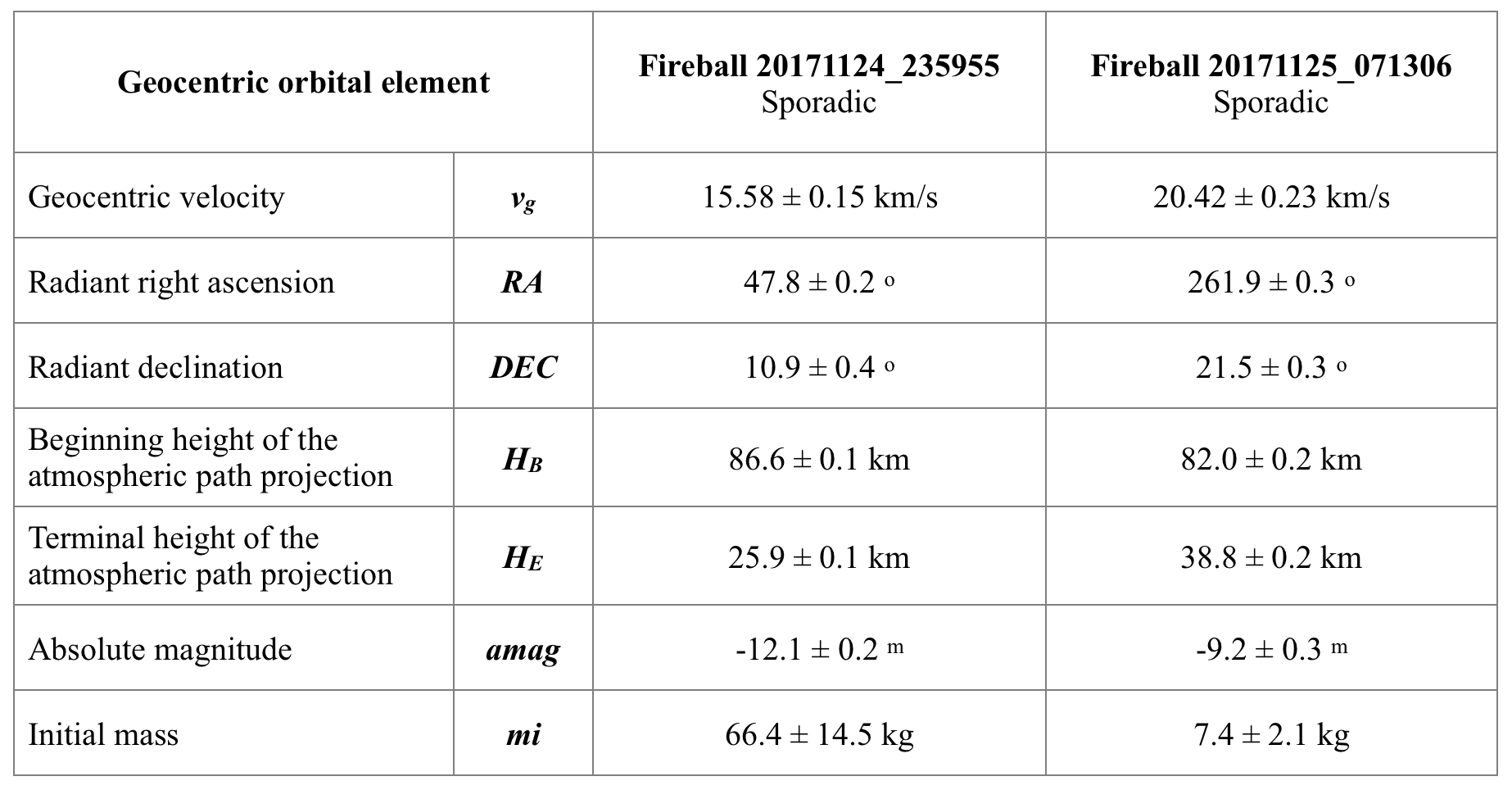
Tab. 2: Geocentric radiant, geocentric velocity, beginning and terminal height of fireballs, calculated using software UFOOrbit (SonotaCo 2009), the effect of deceleration is considered in the calculation. Author: Jakub Koukal
Conclusions
Bright fireballs recorded on the night of November 24/25, 2017 did not have a common origin. Fireball 20171124_235955, due to the Tisserand’s parameter (TPJ = 3.35 ± 0.09), has an asteroidal origin (A-C type). The probable parent body is the asteroid 2015 WZ1, the value of the orbit similarity criterion DD = 0.023. Fireball 20171125_071306, due to the Tisserand’s parameter (TPJ = 2.34 ± 0.08), has a cometary origin (JFC type). The parent body is probably the unknown comet of Jupiter’s family. Due to the atmospheric path of the fireball 20171124_235955 and due to its initial mass, it is very likely that a fragment (or fragments) fell on the Earth’s surface.
References
SonotaCo (2009). A meteor shower catalog based on video observations in 2007-2008. WGN, Journal of the International Meteor Organization 37:2, 2009, 55-62.


